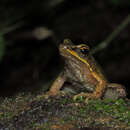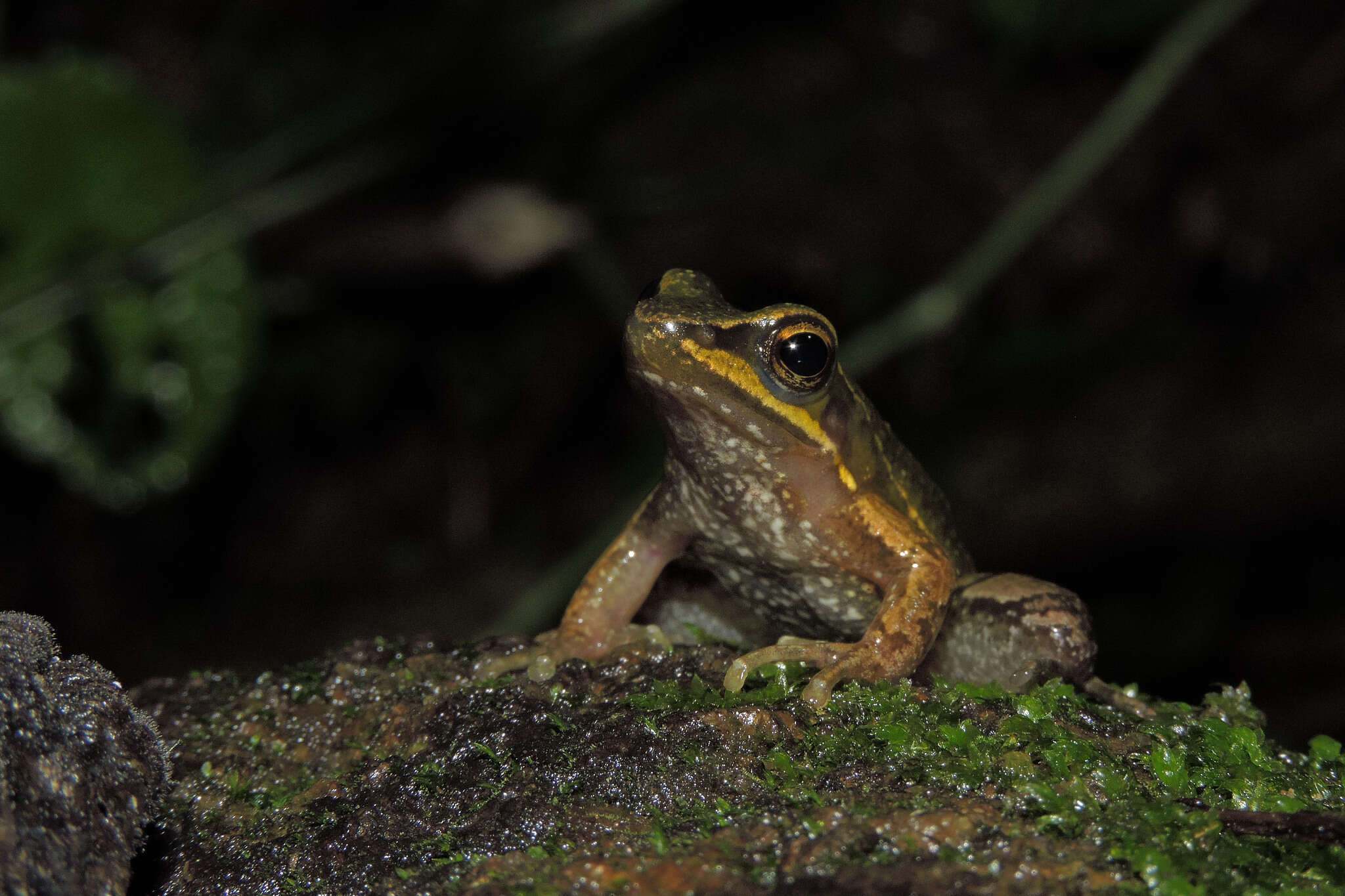en
names in breadcrumbs



Hylodes magalhaesi (São Paulo Tree Toad) is a species of amphibians in the family Hylodidae. They are found in The Neotropics. They have sexual reproduction. They rely on saltation to move around.
EOL has data for 19 attributes, including: